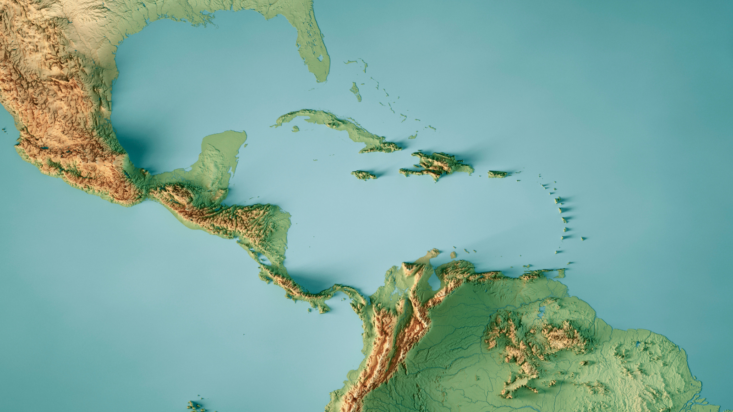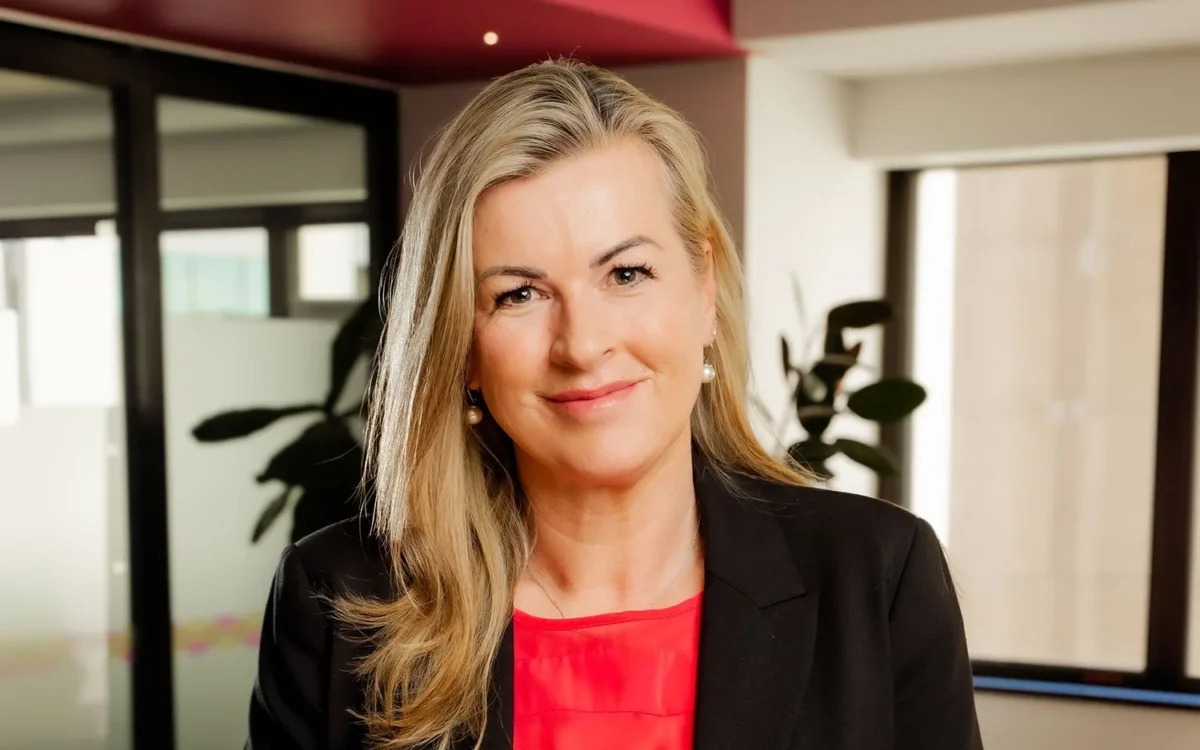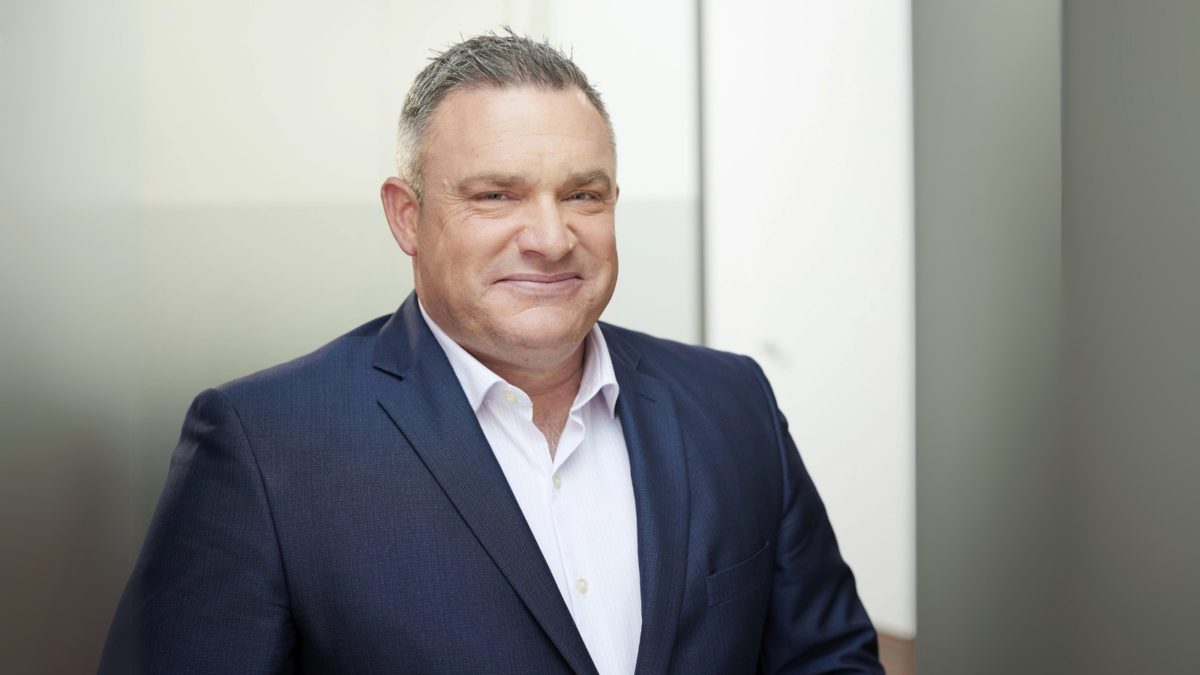Alternative managers zero in as regional investment demand spikes
The march of alternative investment continues apace, pushed along the desire of asset managers to diversify allocations and the increasing ability of providers to deliver a range of investment products into quickly developing economies.
In Latin America, where the economic diaspora has been historically driven by mining and agriculture, a host of other growing industries are promoting economic maturation. As certain regions develop, and societal infrastructure follows suit, some of the region’s standout wholesale and institutional investment teams are taking portfolio construction to new levels.
According to the latest data from US research consultancy Cerulli Associates, a recent increase in allocations to alternative asset management is part of that growth.
“The appetite for alternative investments has been growing for some time among pension funds in Latin America that can invest in the asset class,” Cerulli says in its latest Latin American Distribution Dynamics 2024 report, adding that the high-net-worth and wholesale markets aren’t far behind.
“More recently, however, wealthy individuals are also warming to products such as private equity and private debt as a complement to their portfolios amid concerted efforts by marketers and platforms to expand access,” Cerulli states.
“Wealthy individuals in the LatAm region poured at least $1 billion into alternative products sold via U.S. offshore-based wealth managers in 2023 – a figure that is expected to easily double in 2024.”
The opportunity this presents to the global asset managers is one that’s being picked up with increasing regularity, Cerulli explains. Thomas Ciampi, founder and director of Latin Asset Management, a research group focussed on the LatAm region, says it’s a market these managers need to lean into.
“Global managers with alternatives products in their toolkit should strongly consider adding these products to their Latin American offerings, as intermediaries, especially boutique advisors, multi-family offices, and broker/dealers, are increasingly promoting these vehicles to their affluent clients,” Ciampi says.
Part of the reason alternatives are growing so quickly in LatAm, Cerulli explains, is that while investment regimes for private pensions systems in the region are reasonably tightly regulated, those regulations are not as tight when it comes to alternative allocations because most associated government appreciate the benefit alternative investment brings to crucial developing sectors like real estate and infrastructure.
“Pension systems in the Andes and Mexico held more than $71 billion in alternatives, including local vehicles, at the end of 2023,” Cerulli notes. “That figure represents a sharp increase compared to the $46 billion in alternatives exposure across the Andean AFPs and Mexican Afores in 2020.”
The challenges alternatives face in other nations are replicated in LatAm, however, with Ciampi noting that managers need to be as competitive on liquidity allowances and gate provisions as they are on investment strategy.
“As alternative providers look for ways to penetrate both investor types,” Cerulli adds, “gaining placement on platforms that are widely accessed by financial advisers will be critical to attracting retail assets.”











